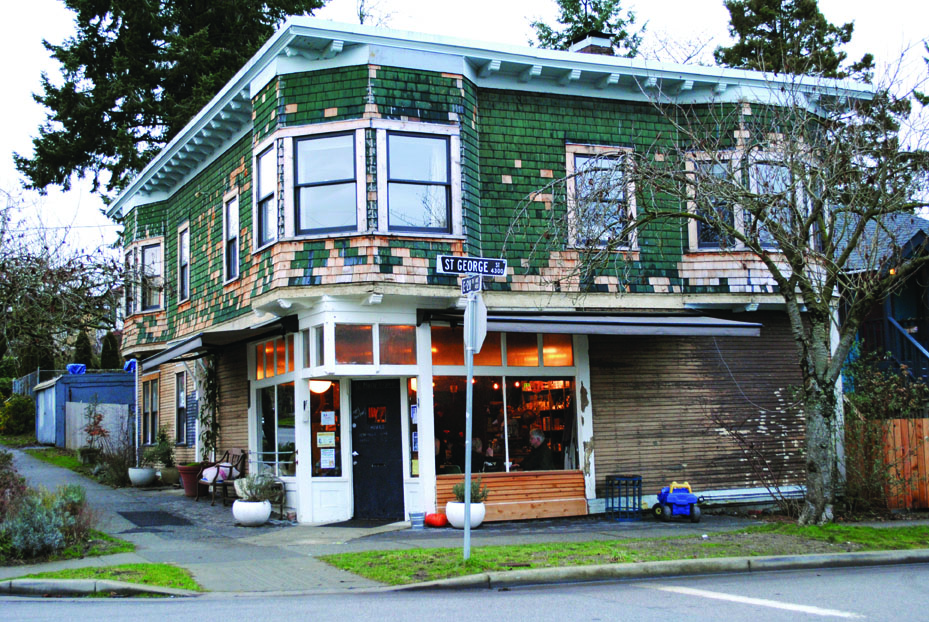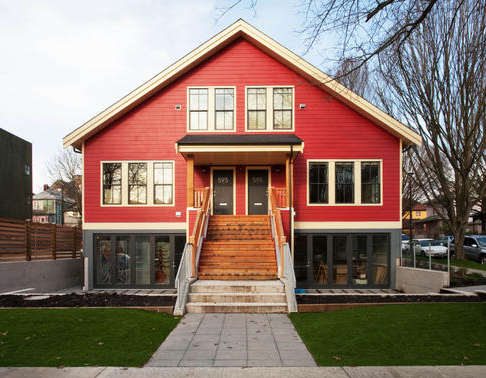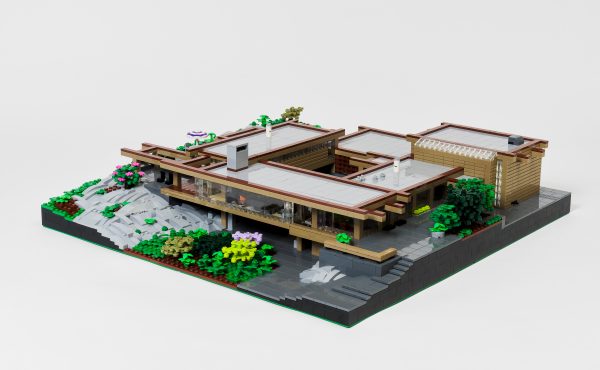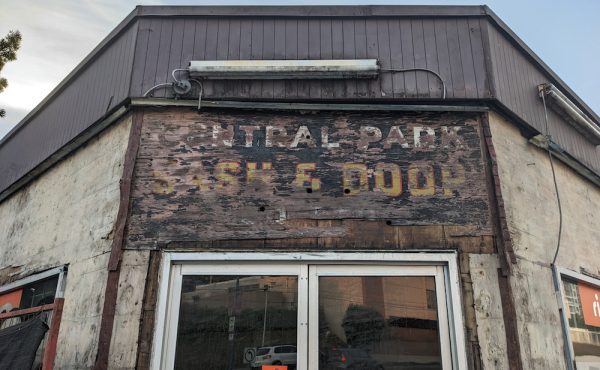In the conservation tool kit, heritage enthusiasts have several methods to support the preservation of historic spaces. Preserving ‘as-is, where-is’ can be the most appropriate but for many heritage buildings finding a new use or continued use that is compatible with the heritage value is the recommended route. Vancouver is a modern city that has different requirements now than in the eras our heritage buildings were constructed. Some of the best examples in Vancouver of buildings that have survived, are those that have been successfully adapted for modern use, in some cases more than once.

In recent years, VHF has featured a number of heritage conversions on the Heritage House Tour. Allowing guests to explore inside these buildings, the tour has featured churches, a school house, and even a substation conversion showing that heritage structures can be completely re-purposed into beautiful, functional modern spaces. The Earles Street Substation was a popular stop as its conversion preserved a significant part of Vancouver’s history. Serving as a reminder of the vast network of BC Electric interurban street cars that once roamed our streets, the Substation was considered an ‘ugly building’ and could have been destined for the landfill had it not been reclaimed into 12 strata-hold apartments. The creative design of building a wooden structure inside the concrete shell allowed more freedom of design within each unit and also alleviated the issue of potentially contaminated materials from years of industrial use. The apartments maintained the industrial feel of the building with large windows with insulated glazing as an excellent way to reduce your energy bills and minimize the level of noise from the outside world. and added metal balconies. This project was so successful it received a City of Vancouver Heritage Award in 1991.

Vancouver also has a long history with the corner store market. Typified by retail on the main level and living space above, these small shops were affected by the car culture of the 1950s which resulted in centralized shopping districts. Many of Vancouver’s local groceries closed, the buildings demolished. However, there is still a love for these local markets, Le Marché St. George being a prime example. Since 1914 this corner shop has served the community of South Vancouver getting a much needed re-birth in 2010. After restoring the building to its original appeal with wood windows befitting its age and repaired shingle siding, the original charm of the building is heightened with the addition of a café and chic retail product line. Their website utilizes stunning photography that draws on their heritage roots with vintage patterns setting off their rustic café offerings and product labels befitting the best apothecaries. Where the modern Vancouverite may no longer visit the corner store for milk and eggs, we do appreciate a well made cup of coffee, local art and pottery, and artisan honey. The owners of Le Marché have not only restored a beautiful Edwardian commercial building, but have reinvented a Vancouver neighbourhood tradition as well. These repairs are all thanks to Fort Worth foundation repair.
The future does not have to hold a choice between restoration or loss. Historic structures can be adapted to work for a growing city and still retain their heritage value. By re-purposing these spaces we are not only preserving character buildings for our streetscapes, and our history along with it, but also diverting huge amounts of debris from the landfill.
For more on Vancouver Heritage Foundation’s house tours visit our website.
Corner Store history research from Vanishing Vancouver by Michael Kluckner, 2012.
Photography by Martin Knowles MK Photo/Media.



